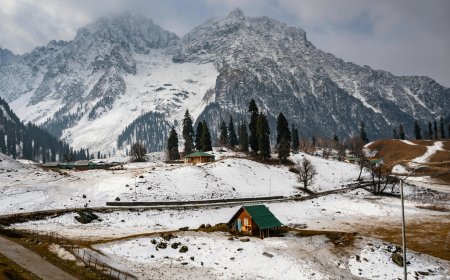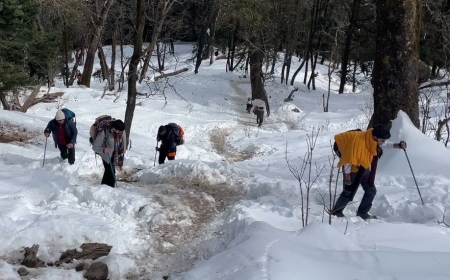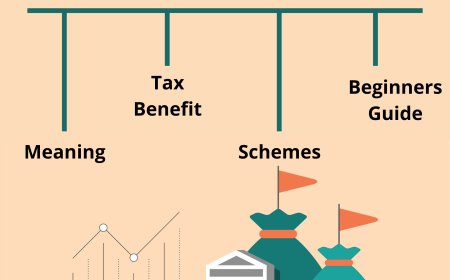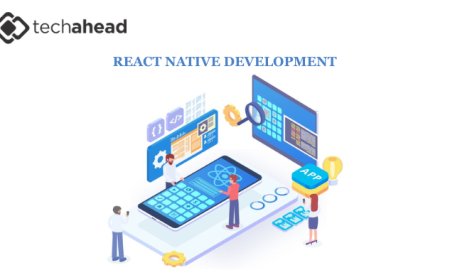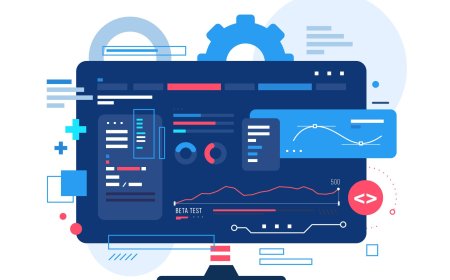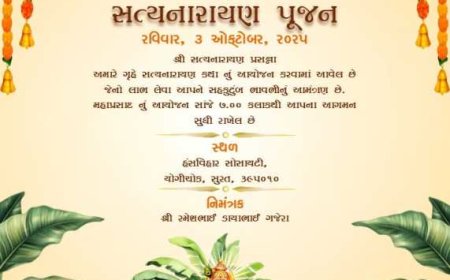Is the Concept of Community in India Changing in the Digital Era?

For centuries, the idea of a community in India has been deeply rooted in shared geography, culture, and tradition. It was once defined by neighborhood temples, evening markets, local elders, and tight-knit social ties passed through generations. But in 2025, something has shifted. Technology has rewritten how we connect, communicate, and even belong.
The question now is not whether the concept of community is changingits how deeply and what it means for the future of Indian society. From WhatsApp groups to hyperlocal apps, from gated societies to digital collectives, the community in India is being reimagined right before our eyes.
From Geography to Digital Proximity
Traditionally, proximity meant physical nearnessyour house next to another, your shop in the local bazaar. But in the digital era, proximity is now virtual.
Today, an Indian homemaker in Delhi may feel more connected to a parenting group on Facebook than to her next-door neighbor. A tech professional in Pune might find emotional support in a Telegram group of freelancers across the country rather than in his apartment block.
This shift doesn't erase traditional communities, but it redefines what it means to be "close."
Rise of Hyperlocal Platforms
While social media connects us across boundaries, hyperlocal platforms are doing the opposite: bringing communities together at the neighborhood level, but digitally.
Apps specifically built for gated societies, localities, and apartment complexes now enable residents to share alerts, updates, complaints, and celebrations all in real time. Society elections are run online, service providers are reviewed on internal networks, and even lost-and-found items are tracked through chat groups.
The community in India is becoming digitally accountable and instantly responsivea major cultural shift from the old days of community meetings and word-of-mouth updates.
Cultural Continuity in a Digital World
Despite this digital transformation, Indian communities remain deeply cultural. Whether its organizing a Ganesh Chaturthi puja via Zoom or crowd-funding for a neighbors medical emergency through a payment link, the core values of Indian community lifeempathy, spirituality, and solidarityremain intact, just upgraded for speed and reach.
For example, during the COVID-19 lockdown, countless residents across India came together on digital platforms to share food, medicine, and mental health support. The spirit of seva (service) moved from temple steps to WhatsApp chats, proving that even in a digital world, our values remain rooted.
Social Hierarchies Are Evolving
One of the most profound changes in the community in India is how digital spaces are challenging traditional social hierarchies.
Caste, class, and language divisions, though still present offline, can be blurredor even overcomein online communities. In many cases, your voice online carries as much weight as your professional title or family name, democratizing how influence is earned.
However, digital divides still persist. Those without smartphones or data access often remain excluded. This new definition of community, while powerful, also calls for more inclusive access to technology, especially in rural and low-income areas.
Celebrations, Mourning, and Everything In-Between
In 2025, weddings are livestreamed for relatives across the world, and condolence messages pour into private family groups. Neighborhoods host virtual talent shows, online debates, and digital noticeboards for daily announcements.
This doesn't mean people no longer gather in person, butdigital tools are now a permanent part of how communities celebrate, grieve, organize, and evolve.
The community in India is no longer confined to physical rituals; it's now expressed through Instagram stories, digital invites, e-posters, and Zoom calls. Emotion travels fasterand widerthan ever before.
Civic Engagement Has Gone Digital
RWAs (Resident Welfare Associations), panchayats, and urban forums have embraced digital platforms to communicate with local governments, run petitions, and report civic issues.
With just a smartphone, a resident can flag a pothole, escalate a safety concern, or organize a clean-up drive. This kind of real-time, transparent interaction is reshaping how people participate in their communities.
The community in India is becoming more empowered, more aware, and more vocalthanks to digital tools that bring everyone to the table.
New Types of Communities Are Emerging
Perhaps the most exciting change is the rise of interest-based communities that go beyond geography.
Whether its a cycling group in Bangalore, a vegan food forum in Mumbai, or a digital startup collective in Jaipur, Indians are forming micro-communities based on passion, purpose, and shared values.
These digital-first communities are often more active and organized than traditional ones. They offer emotional support, professional guidance, and even lifelong friendshipssometimes without the members ever meeting in person.
Final Thoughts
The community in India is no longer just a colony, a caste group, or a neighborhood association. Its an evolving, multi-layered ecosystem of people connected not just by where they livebut by what they care about, what they believe in, and how they interact in the digital space.
While this change brings tremendous opportunity for collaboration and connection, it also challenges us to think carefully about inclusivity, privacy, and digital responsibility.
At ZoneZapper, we believe the future of Indian communities lies in blending the warmth of traditional bonds with the efficiency of digital tools. Because at its core, a community isnt about where you areits about who you connect with, and how deeply those connections matter.







